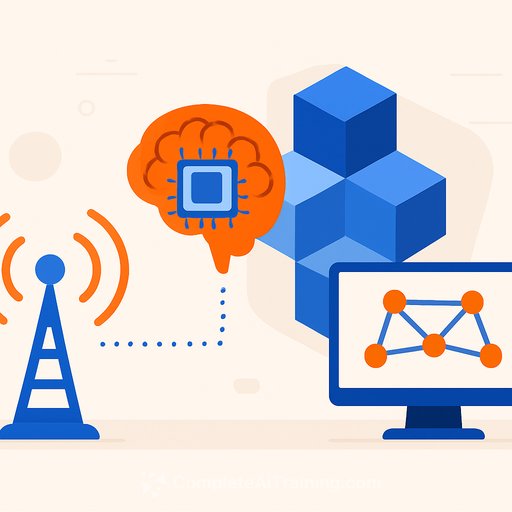AI system reads antenna patterns like images-and flags faults without tearing down hardware
Researchers at Digital University Kerala built an AI-driven system that identifies antenna types and detects performance faults without physical teardown or chamber-based testing. The work targets communication, defence, and aerospace where test time, cost, and environmental noise block fast deployment.
The study, published in the IEEE Journal of Microwaves, demonstrates a neuro-memristive 3D crossbar that reads radiation patterns as images and classifies dipole, monopole, or patch antennas using a 3D memristive CNN. It also detects faults with high accuracy, including under Gaussian and white noise.
Why this matters
- Eliminates reliance on anechoic chambers for many workflows, slashing time and cost.
- Non-invasive health checks enable continuous monitoring in satellites, drones, and IoT devices.
- On-device intelligence supports field diagnostics in noisy or harsh environments.
"Our system offers a compact, non-invasive way to ensure antennas are working correctly, even in noisy or harsh environments," said Prof. James. This is especially useful for defence and remote communication scenarios.
How it works
- Neuro-memristive 3D crossbar: Captures antenna radiation patterns as pixel-like inputs for inference.
- 3D-CNN classifier: Distinguishes antenna type (dipole, monopole, patch) and flags performance faults from pattern deviations.
- Pixel sampling + AI: Replaces costly full-scale measurements with targeted electromagnetic field sampling.
- Hardware: Implemented on the open-source SkyWater 130 nm process, enabling practical prototyping and future ASIC pathways.
Performance
The 3D-CNN was evaluated against models like YOLOv8 and VGG-19. According to the researchers, the neuro-memristive approach delivered higher accuracy and faster processing, including under Gaussian and white noise.
Where this fits
- Satellites and smallsats: Self-diagnosing communication modules with real-time telemetry on antenna health.
- UAVs and defence platforms: Reduced maintenance windows and faster field validation.
- IoT gateways: On-device monitoring to prevent silent failures and throughput drops.
- R&D test benches: Rapid iteration without repeated chamber bookings.
Implementation notes for engineering teams
- Data capture: Start with controlled radiation pattern sampling across expected frequency bands and configurations.
- Model training: Include synthetic and measured noise (Gaussian/white) for resilience; validate on unseen antenna geometries.
- Hardware path: Prototype on memristive crossbar emulations; plan ASIC exploration on SkyWater 130 nm for cost-accessible trials.
- Integration: Embed inference near RF front-ends; expose health metrics via telemetry for fleet monitoring.
- Validation: Cross-check against a limited set of chamber tests to establish correlation and certification readiness.
Who led the work
The research team includes Anitha Gopi, Sruthi Pallathuvalappil, Elizabeth George, and Alex James. They report efficiency gains in power, area, and test time using pixel sampling and AI-driven analysis.
Learn more
Upskill your team
If you're building AI for embedded and RF systems, structured learning can speed up deployment and audits. Explore practical courses and certifications at Complete AI Training.
Your membership also unlocks:










